A basement remodeling effort in 1963 produced the archeological find of a lifetime: the 20,000-person Derinkuyu Subterranean City.
In the Turkish village of Derinkuyu, a guy who took a sledgehammer to a basement wall got more home remodeling than he anticipated. He discovered a tunnel behind the wall. More tunnels followed, eventually connecting a huge number of halls and chambers. It was a sizable underground structure that had been deserted by its residents before the fateful stroke of the hammer.
The unidentified Turk, whose name is not mentioned in the paper, had discovered a gigantic underground city that was up to 18 floors tall, 280 feet (76 meters) deep, and big enough to house 20,000 people. Who constructed it, and why? Who abandoned it, when, and why? Some of the answers come from history and geology.
The geology of Cappadocia is incredibly rocky. Derinkuyu is situated in Cappadocia, an area in the Turkish interior famous for its fantastically craggy topography and numerous "fairy chimneys." The erosion of the tuff rock type produced those enormous stone structures. Despite its name, that stone, which was formed from volcanic ash and covers much of the area, is not very durable.
The natives have built their own holes in the soft stone for underground residences, storage areas, temples, and refuges for millennia, taking cues from the wind and rain. There are hundreds of underground homes in Cappadocia, with roughly 40 having at least two floors. None are as big or well-known as Derinkuyu at this point.
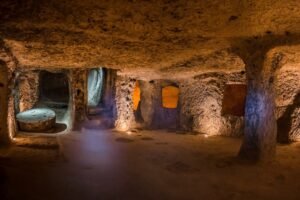
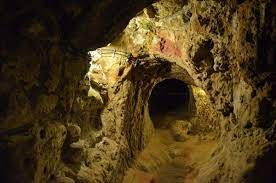
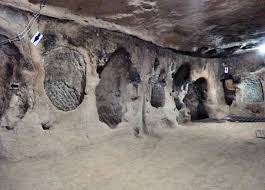
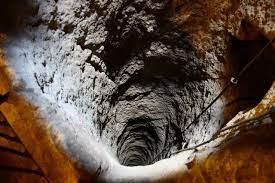
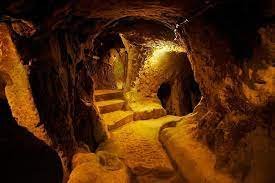
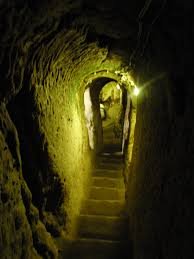

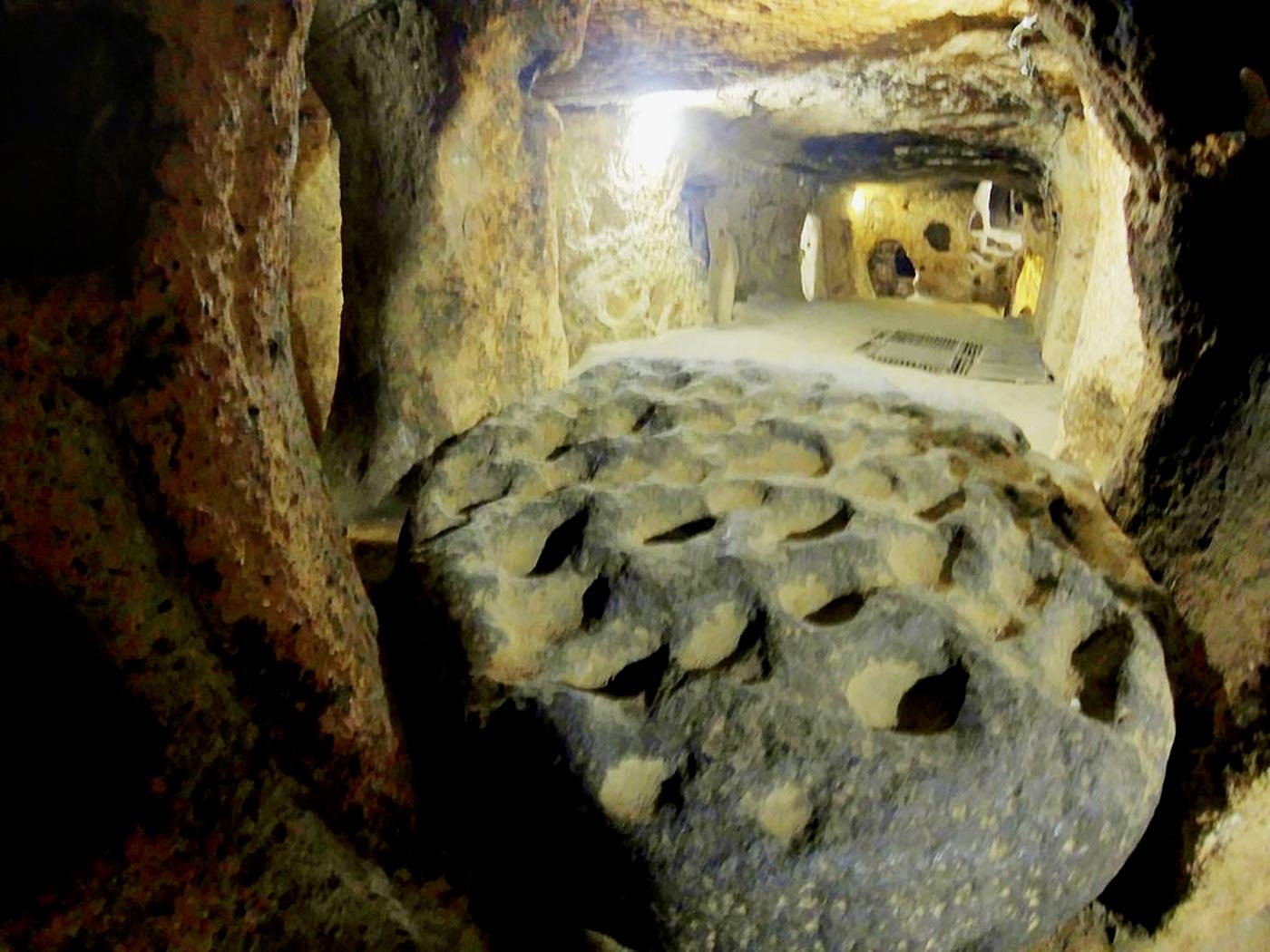
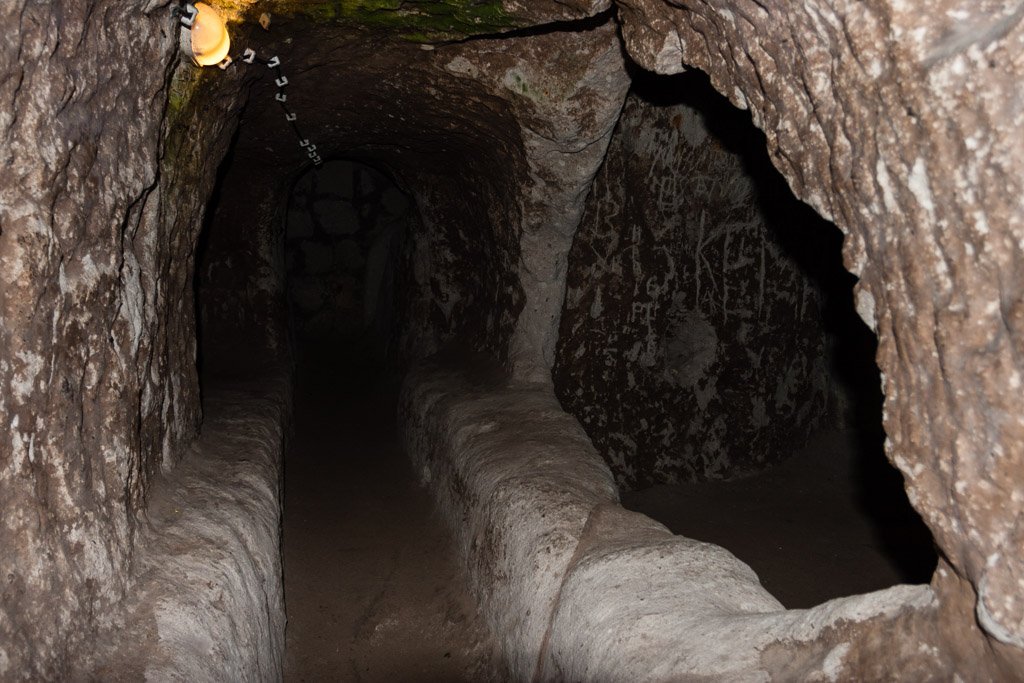


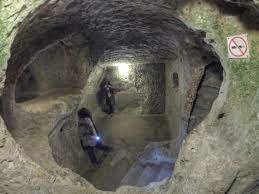
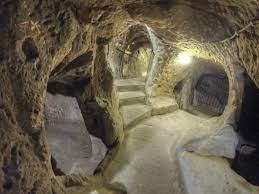


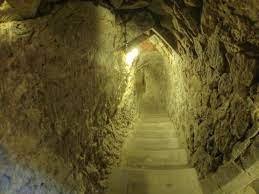
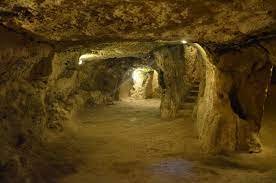
There isn't much unambiguous information on Derinkuyu's origins in the historical record. The oldest portion of the complex may have been excavated around 2000 BC by the Hittites, who were in control of the area at the time, or maybe around 700 BC by the Phrygians. Some assert that the city was constructed in the early centuries AD by local Christians.
Whoever they were, they were very skilled; while cave-ins are a significant risk, the soft rock makes tunneling very simple. Hence, substantial support pillars are required. At Derinkuyu, no floor has ever fallen in.
About the underground facility, we can be more convinced of two things. As evidenced, for instance, by the rolling stones used to seal the city from the inside, the major goal of the colossal effort must have been to hide from invading troops. Second, the complex's latest extensions and modifications, which are clearly Christian in nature, date from the sixth to the tenth centuries AD.
The city was ventilated by a total of more than 15,000 shafts, the majority of which were around 10 cm broad and extended into the first and second floors of the city when it was cut off from the world above. This made sure there was enough airflow all the way to the eighth level.
Living and sleeping areas were located on the top levels, which makes sense given that they had the optimum ventilation. The bottom levels had a dungeon as well as being primarily utilized for storage.
There were areas in between that were used for a variety of things, including a wine press, domestic animals, a monastery, and minor churches. The cruciform church on the seventh level is the most well-known.







